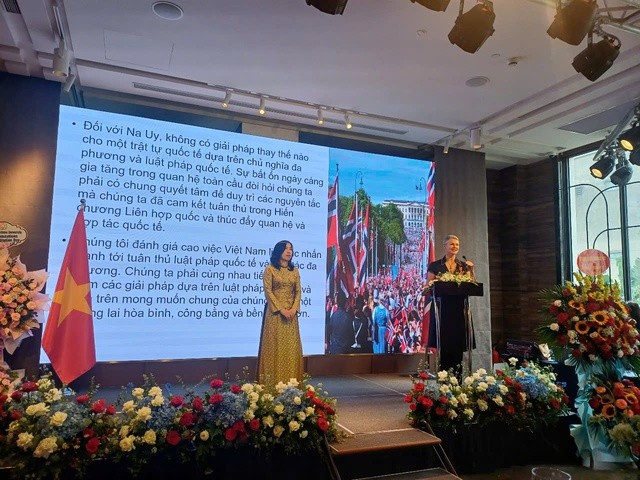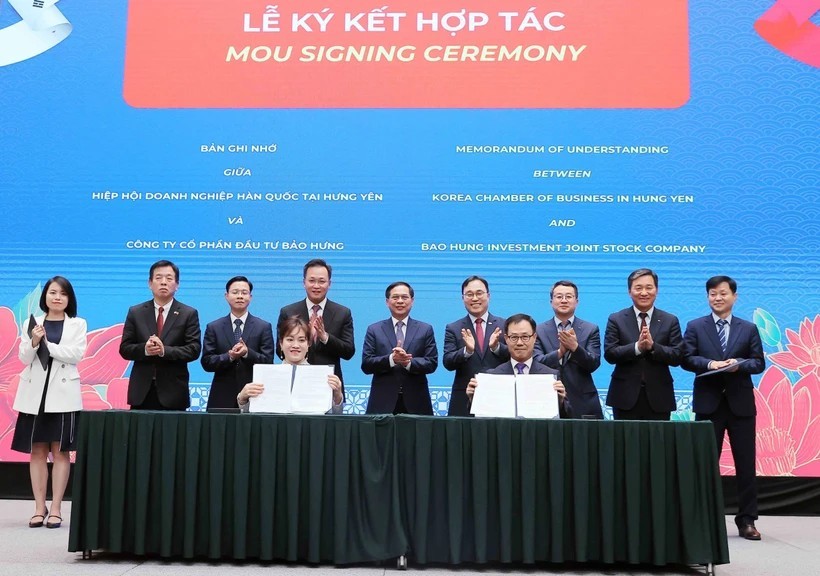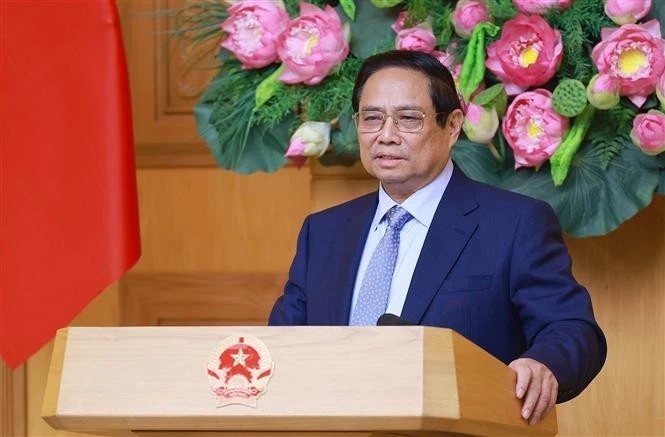Vietnam to boost forest coverage in Central Highlands
The Government of Vietnam has been implementing drastic measures to increase forest coverage in the Central Highlands region, while improving output of coffee and high value crops in easing deforestation.
Tran Dai Nghia, an official from the environmental economics studies and policy institute, under the ministry of agriculture and rural development, made the comments at the Good Growth Partnership-side event at the 6th Global Environment Facility (GEF) Assembly held in Da Nang.
| |
A corner of forest in the Central Highlands region of Vietnam. (Photo: VNA)
Nghia said the government has asked local administrations, ministries and relevant agencies to rearrange current coffee plantations to stop encroachment on forest areas.
“The government firmly reallocated forest area that had been cleared for coffee plantations, and restored the forest area. It has planned to replant 120,000ha of coffee between 2014-20,” Nghia said.
“Vietnam wants to improve the quality and productivity of coffee by limiting land clearance in forest areas, while increasing the application of technology to maximise harvests,” he said.
Nghia also said profitable crops have been chosen to alternate in poor quality coffee areas, while focusing on brand building as well as joining global value chains for worldwide export.
Coffee farms were encouraged to make use of the landscape with large green coverage (the shadow of coffee plants could act as forestation in areas that lack trees) for sustainable development.
According to the latest report from the ministry, the current coffee farm area (583,000ha) exceeds the 2020 plan (530,000ha), while forested areas account for just 2.5 million hectares (45.8 per cent of coverage) in the Central Highlands region.
The region loses 34,000ha of forest each year due to illegal logging and land clearance for short-term profitable crops (coffee, rubber or acacia).
The ministry also said the forested area had dropped by 180,000ha, of which 112,000ha had been destroyed or occupied by expansion of other crops, and 37,000ha for hydro-power plants and roads, between 2010-15.
Vietnam, which is the world’s second largest coffee exporter, has offered favourable conditions for ‘green’ growth coffee enterprises, as well as involvement private and public partners, global coffee growers and producers in discussions for more effective policy making.
A series of side events related to green growth, mangrove forests, nature based resilience solutions to climate change, wildlife and environmental protection, recycling and waste treatment will continue through June 28th.
Also represented at the GEF, a community of the ethnic Co Tu group living in suburban Hoa Bac commune of Da Nang, has benefited from a community-based eco-tourism and culture preservation project in 2017-18 with USD 88,000 of funding from GEF’s Small Grant Programme.
The project aimed to improve the livelihoods of the community, while protecting biopersity in the buffer zone of the Ba Na-Nui Chua nature reserve.
Vietnam, which joined the GEF in 1994, has received sponsorships for 107 projects, worth USD 457 million in dealing with environment problems at the local level.
The country has been allocated a fund of USD 26 million in fields of climate change, biopersity and soil degradation from GEF.
Since 1991, the GEF has provided over USD 17.9 billion in grants and mobilised an additional USD 93.2 billion in co-financing for more than 4500 projects in 170 countries.
Through its Small Grants Programme (SGP), the GEF has invested USD 450 million and leveraged similar levels of co financing to support over 14,500 community based projects in over 125 countries.
Da Nang has been chosen to implement an Asia Pacific Economic Cooperation (APEC) low-carbon model town project to boost the use of battery-powered bikes; technology to curb greenhouse gas emissions and use renewable energy sources.
The city, which had already cut 12,000 tonnes of carbon emissions through a pilot project between 2008-11, plans to cut greenhouse gas emissions by 25 per cent in 2030 in comparison to 2016./.
VNF/VNA
Recommended
 National
National
Vietnam News Today (May 19): Norway Hails Vietnam’s Continued Emphasis on Upholding International Law
 National
National
Vietnam News Today (May 18): Cannes 2025: Vietnam Rising as New Destination for International Filmmakers
 National
National
Vietnam News Today (May 17): Vietnam and United States Boost Financial Cooperation
 National
National
Strengthening Vietnam-Thailand Relations: Toward Greater Substance and Effectiveness
Popular article
 National
National
Vietnam News Today (May 16): Nha Trang Listed Among Top 15 Global Summer Destination in 2025
 National
National
Four Notable Outcomes of General Secretary To Lam’s Four-nation Tour
 National
National
Vietnam News Today (May 15): Vietnam Looks for Stronger Cooperation with RoK in New Era
 National
National



